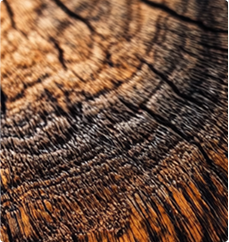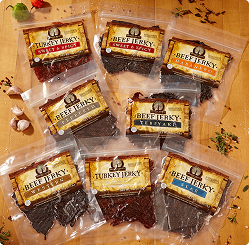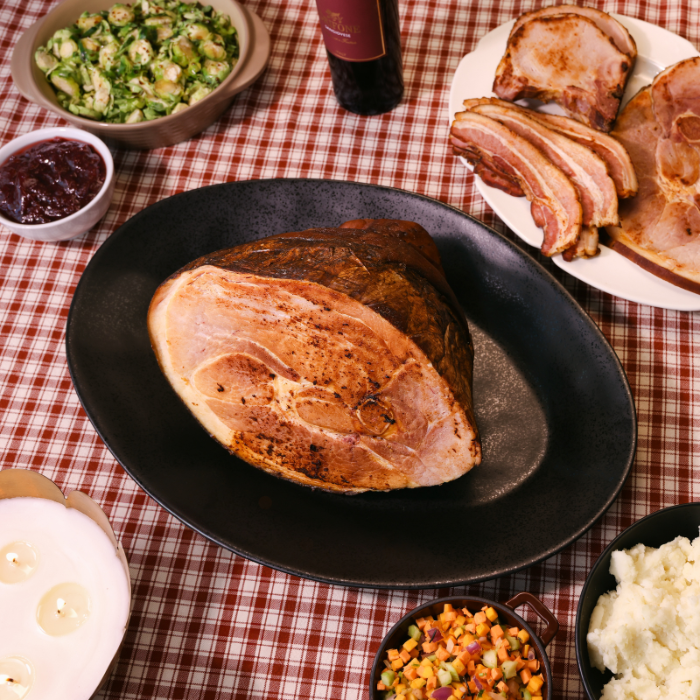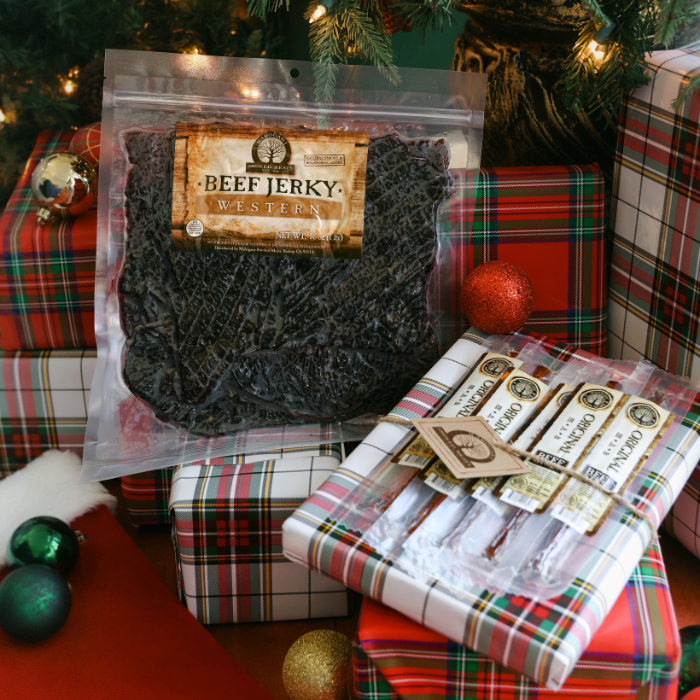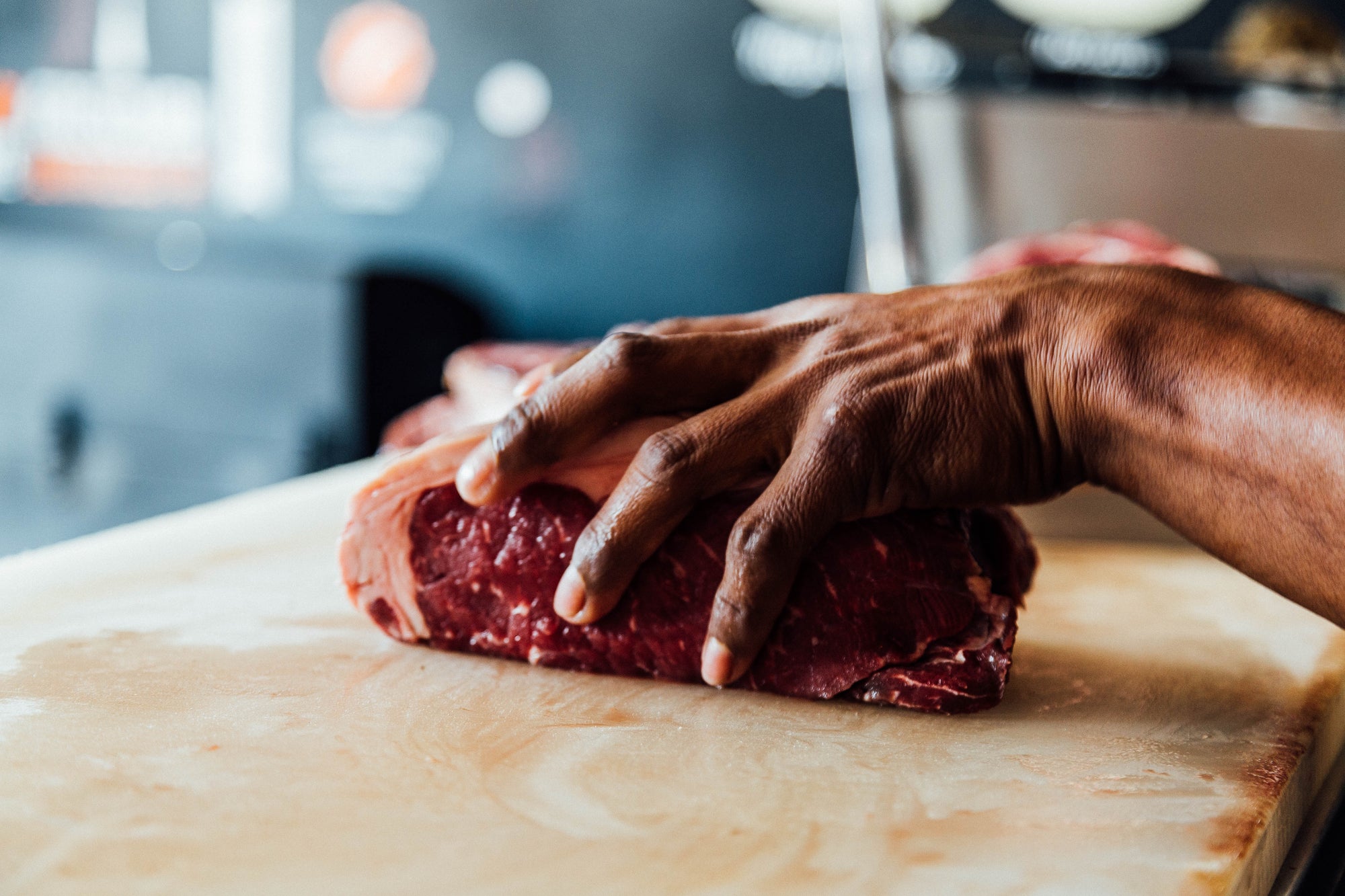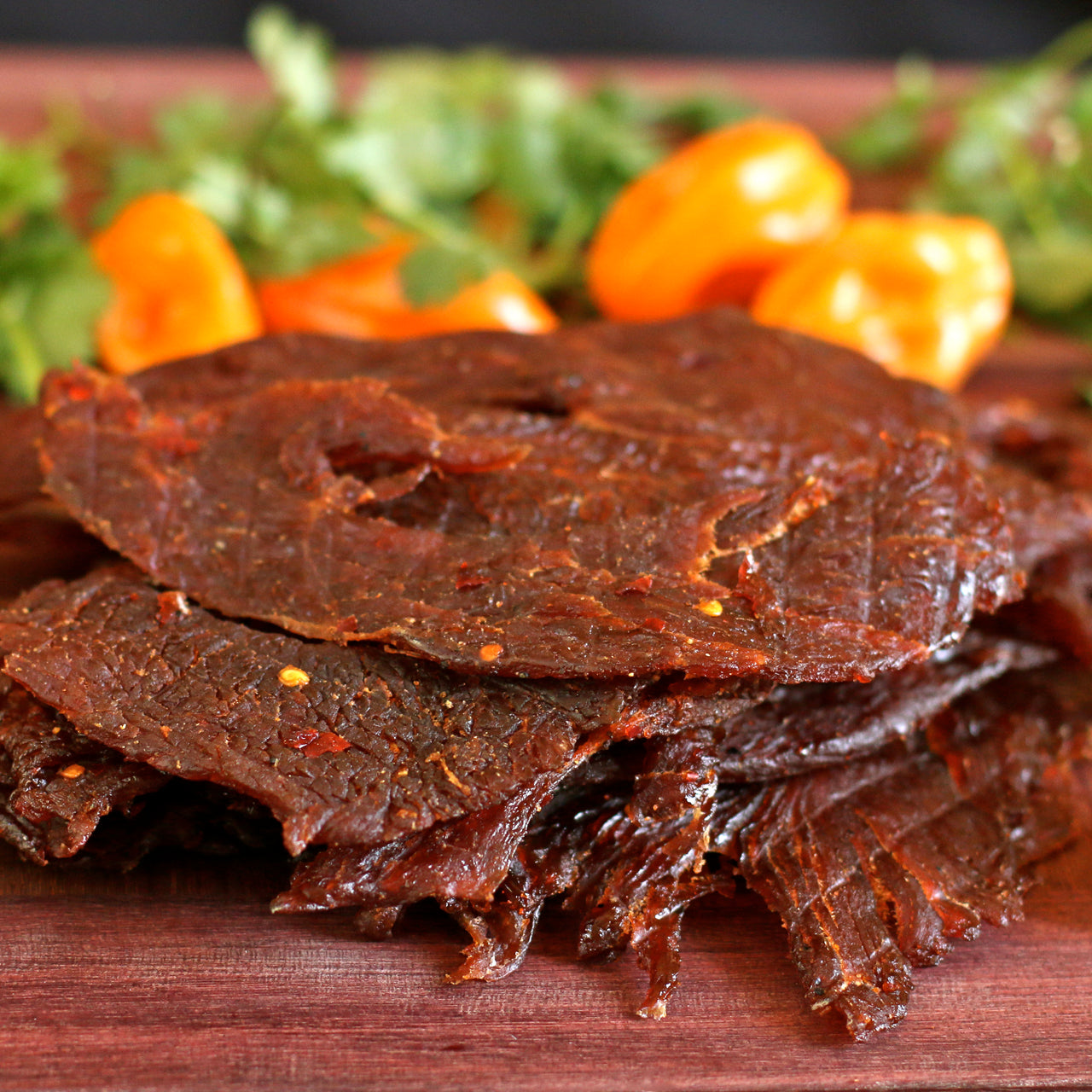If you've been wondering where to buy beef jerky online, look no further! Mahogany Smoked Meats takes pride in offering high-quality and great-tasting beef jerky, available at unbeatable prices. Whether you're at home or on the go, our jerky snacks are easily accessible and come in a wide variety of flavors to suit every taste.
However, selecting an online jerky brand can be overwhelming with many options available. That's why it's essential to consider some crucial factors before making a purchase, which we'll get into.
We have created a detailed guide packed with valuable tips and insights to simplify your online jerky shopping experience. By utilizing this guide, you can rest assured that you’re getting the quality you deserve, allowing you to enjoy the flavorful delights of our delicious beef jerky without any hassle.
First, here’s why something as simple as buying jerky online isn’t something you should take lightly….
Where You Buy Jerky From Online Isn’t Something to Take Lightly…
When it comes to picking an online beef jerky brand, it's crucial to be careful and thoughtful.
The quality of taste and texture, the ingredients used, the health benefits, and customer service all play a significant role in determining how satisfied you'll be with your purchase. If you choose the wrong brand, it can be a disaster, especially if you're buying online. However, purchasing from the right brand ensures a great online jerky shopping experience with top-quality products at reasonable prices.
To avoid the pitfalls of subpar jerky, it's essential to evaluate several factors before deciding where to buy beef jerky online. In this section, we will delve deeper into what makes a great online jerky brand, helping you make an informed decision.
Here’s What You Should Look For in an Online Jerky Brand…
When choosing an online jerky brand, consider the following essential factors:
Flavor & Texture
The taste and texture of beef jerky can make or break your snacking experience. If you're on a quest to find out where to buy good beef jerky, taste should be your first priority.
Look for a brand that offers a wide range of flavors, from classic to unique blends, so you can explore and find the one that suits your taste preferences the most. This will elevate your snacking experience, ensuring that you get to savor every bite.
When looking for where to buy good beef jerky, it's also essential to pay attention to the texture. High-quality jerky should have a tender and effortless chew, without being overly dry or tough. A reliable brand will ensure that all their products have a consistent and enjoyable texture.
Don't be afraid to try different flavors and textures to discover the perfect jerky that meets your liking. This will make snacking more enjoyable and satisfying.
This, in turn, strengthens the brand's customer base, resulting in growth and success. A great jerky brand should combine the classic and the bold, providing a memorable snacking experience for all. So when it comes to where to buy beef jerky online, innovation and creativity are just as important as taste and texture.
Safe, Natural Ingredients
Not all beef jerky is created equal, so it's essential to choose a brand that uses safe and natural ingredients. Look for jerky made from high-quality cuts of meat, without artificial preservatives or additives. The best cut of beef for jerky is lean and devoid of excess fat.
This will ensure you're consuming a healthy and delicious snack, packed with protein. In fact, the protein in beef jerky makes it a popular choice for health-conscious consumers.
Additionally, the healthiest beef jerky will be made with minimal sugar and sodium content. Be sure to check the ingredient list and nutritional information to ensure you're getting a snack that aligns with your dietary preferences.
A brand that emphasizes natural ingredients and transparency will likely offer a higher price, but the investment in your health is worth it. You can trust that the best beef jerky in the world will be made with care and attention to detail, resulting in a snack that not only tastes great but is also good for you.
Hassle-Free Refund Policy
When buying jerky online, it's crucial to choose a trustworthy brand that offers a convenient and hassle-free refund policy.
Having a transparent and confident refund policy signifies the brand's belief in the quality of its products and its remarkable customer service. So before making a purchase, it's worthwhile to take a few moments to read and review the brand's return and refund policy to ensure that it's a fair and customer-oriented policy.
A trustworthy jerky company should put systems in place that make it easy for customers to return items if they are dissatisfied with their purchase. The refund process should be easily accessible and explained in detail on their website. Their customer service team should be responsive and supportive in dealing with any concerns or issues that arise.
While buying online can sometimes be a worry, knowing that you have the right to return a product if it fails to meet your expectations can bring you peace of mind and make your online shopping experience a more positive one. This is especially true if you were to order some of the most expensive beef jerky. You really need that confidence.
Reviews to Back it All Up
When you're searching for a brand to buy jerky from, it's important to choose one that has received a lot of positive reviews from happy customers. This is a good sign that you can trust the brand and feel confident about their products. Reviews left by other customers can give you some valuable information about the taste, texture, and quality of the jerky, as well as the company's customer service.
It's a good idea to read both positive and negative reviews to have a well-rounded understanding of the brand. Look for patterns and common themes in the reviews, such as consistently great taste or excellent customer service, as this can give you an idea of what the brand is known for. Remember that even the best companies may have some negative reviews, but the overall trend should be positive.
Where to Buy Beef Jerky Online That Checks All These Boxes and More: Mahogany Smoked Meats
At Mahogany Smoked Meats, we're proud to offer top-quality jerky that ticks all these boxes. When you buy jerky online from us, you can trust that you're getting a premium product.
What Separates Our Brand & Products From the Rest?
At Mahogany Smoked Meats, we take immense pride in crafting jerky that stands out from the rest. Our unique process sets us apart by infusing our premium meats with a distinctive, smoky flavor that cannot be found elsewhere.
We carefully select our meats from trusted sources in the USA, guaranteeing top-quality ingredients that you can trust.
And by only producing small batches of jerky at a time, we ensure that each package is as fresh and flavorful as possible.
We firmly believe that our customers deserve nothing but the best and we prioritize quality every step of the way.
We care deeply about our customers, and our commitment to exceptional customer support is evident in everything we do. We're always here to answer questions, provide recommendations, and ensure that you're completely satisfied with your purchase.
If you're looking for a jerky experience that's truly one-of-a-kind, we've got your back. Our artisanal approach to jerky-making and unwavering commitment to quality and customer satisfaction are what set us apart from the competition.
A Few of Our Personal Favorites You Should Try First…
To get started, we recommend trying some of our personal favorites:
- Slab Beef Jerky: Our signature slab beef jerky is simply divine, infused with a mild flavor and a traditional chewy texture. It's the perfect snack for any occasion.
- Peppered Beef Jerky: For those who like a little extra kick in their jerky, our peppered beef jerky is the perfect choice. We use freshly ground black pepper to add just the right amount of heat and flavor.
- Teriyaki Beef Jerky: For fans of Asian-inspired flavors, our Teriyaki Beef Jerky is sure to please. We use a special blend of seasonings and spices for an unforgettable taste experience
Now That You Know Where to Buy Good Beef Jerky Online, What are You Waiting for?
We would love to have you visit our online store and enjoy our delicious jerky today!
While you're here, we encourage you to take a look at our extensive selection of jerky flavors and meat choices. We offer a wide range of options, so you're bound to find the perfect jerky snack for any occasion.
Don't be afraid to browse around and see if there are any new and exciting flavors or meat types that catch your eye. Our team takes great care to craft the perfect jerky experience for our customers, so we're confident that you'll be impressed by the variety and quality of our products.
In addition to our beef jerky, we also offer a wide range of other smoked meats for sale. This includes turkey jerky for sale, elk jerky for sale, buffalo jerky for sale, fish jerky for sale, and even wild boar jerky for sale!
So why wait? It's time to indulge your taste buds and treat yourself to some of the best jerky available. As a bonus, you can share your delicious discovery with friends and family, showing them where to buy beef jerky online too. They'll be grateful for your recommendation!
Parting Thoughts on Where to Buy Beef Jerky Online
In summary, finding the perfect online jerky brand involves considering factors such as flavor and texture, safe and natural ingredients, a hassle-free refund policy, and positive customer reviews. Mahogany Smoked Meats checks all these boxes and more.
From the careful selection of our meats to the meticulous smoking process, we prioritize quality every step of the way. Our commitment to exceptional customer service and unbeatable refund policy are just a few of the things that set us apart from other jerky suppliers online. We also produce cool guides
Check out our jerky and other smoked meats for sale today! And after placing your order, be sure to read up on our guide on how to store beef jerky.







